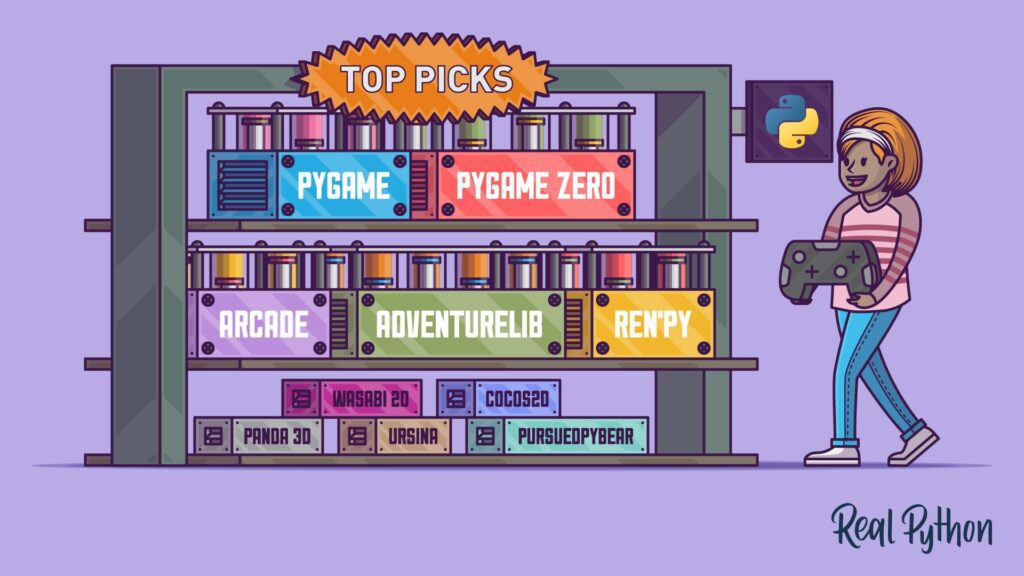Game engines are an essential part of the multi-billion dollar game development industry, consisting of two major components: the runtime engine and design-time tools. The engine controls a game’s graphics rendering, physics, and sound rendering, while the design-time tools provide a working environment for building game components. Game engines also include scripting and controls to handle player interactions and gameplay mechanics. Optimizing game engines is critical for deploying games across multiple platforms, reducing loading times, and maximizing overall performance. Understanding the inner workings of game engines is crucial for developing cutting-edge games that deliver immersive experiences to players.
The Inner Workings of Game Engines: The Heart of Game Development
Introduction
Game development has significantly evolved since the emergence of digital games in the 1970s. Today, game design and development is a multi-billion dollar industry that involves different stages, including game ideation, coding, visuals, testing, and deployment.
A central component of game development is game engines. A game engine is a software framework that handles a game’s logic, physics, graphics rendering, and sound rendering. In this article, we’ll delve into what goes on inside a game engine.
The Plumbing of Game Engines: An Overview
Game engines primarily consist of two major components: the runtime engine and the design-time tools.
The Runtime Engine
The runtime engine is the game engine’s core component. Its primary function is to control the game’s logic, graphics rendering, and sound rendering at runtime. The engine interacts with players in real-time, working with inputs, user interactions with the game environment, and outputs.
Design-time Tools
The design-time tools provide a working environment for building the game components. They include the editor tools for creating graphics, sound, and scripting tools. The design-time tools also enable developers to acquaint themselves with the game engine’s runtime operation and optimize performance based on the game design.
The Core of the Runtime Engine
A game engine’s core, like a human heart, powers a game’s graphics rendering, physics, and sound rendering. These are the core components that make the game possible:
Graphics Rendering
A game engine must facilitate high-quality graphics rendering to enhance the player’s immersive experience. Graphics rendering involves rendering 2D and 3D models, shaders, and lighting.
Physics
Physics in game engines determine how objects react to each other, including gravity, collision, and momentum. Physics plays a critical role in the game’s mechanics, providing an accurate representation of the game world to the player.
Sound Rendering
Sound rendering involves creating and rendering sounds in a game environment. Sound rendering plays an integral role in the overall game experience, guiding players through the game world, enhancing their emotions, and providing cues to help them navigate the game.
Scripting and Controls: The Nervous System
Scripts and controls in game engines handle the interactions between the player and the game. They are the equivalent of the nervous system in the human body. They include:
Scripting
Scripting languages in game engines allow developers to write codes that execute specific game mechanics at runtime. It enables developers to customize the game’s behavior, mechanics, and gameplay while giving players a consistent and seamless game environment.
Controls
Controls in game engines work like an interface between the player and the game. They provide the player with interaction with the game environment, such as movement, attacking, and other actions that give the player control over the game world.
Platforms and Optimization
Game engines also play a critical role in game optimization to guarantee the game runs smoothly across a wide range of platforms. A well-optimized game engine dramatically enhances the game’s performance, making it easier and faster for developers to release a game that works across multiple platforms.
Platforms
With the rise of modern technology, game development has evolved from a single-platform approach to multiple platform support. Game engines allow developers to create games on multiple platforms, including playing on smartphones, consoles, and desktop computers.
Optimization
Optimizing game engines ensures the optimal use of hardware technology, generating quality graphics rendering, and fast processing of digital data. Optimizing the game engine is essential for deploying games on multiple platforms, reducing game loading times, and maximizing overall game performance.
Conclusion
Game engines are the heart of game development. They integrate multiple components to deliver a game that is coherent, immersive, and visually stunning. Understanding the deeper working of game engines equips game developers with the necessary knowledge to handle cutting-edge gaming technology, delivering fantastic games to fans worldwide.
